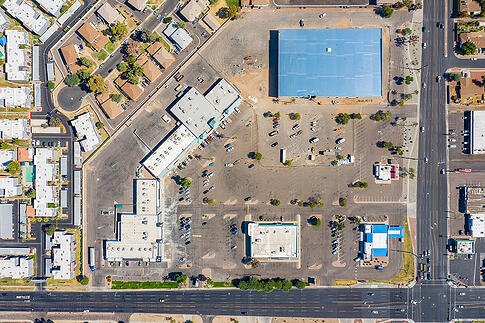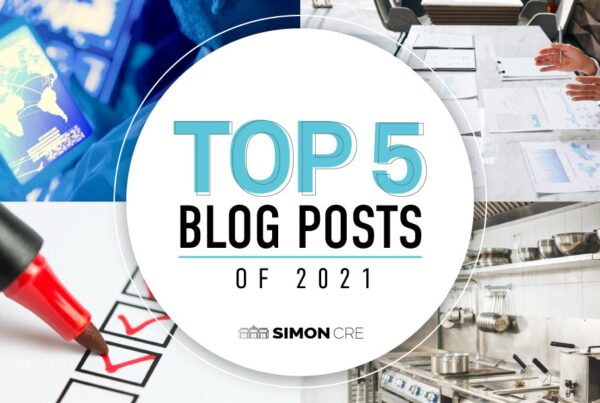This post originally appeared on SimonCRE Insights Blog and is republished with permission. Find out how to syndicate your content with theBrokerList.
Although ecommerce, and of course COVID-19, have certainly forced a shift in the retail sector, brick-and-mortar centers with certain experiential tenants will always be a necessity for communities.
In several multi-tenant center projects, we have successfully been able to increase occupancy from dangerously low levels in a short amount of time.
Here’s some tips on how you can, too.
Don’t only go after low-hanging fruit
If you only go after the low-hanging fruit, your center may inherit (or keep) an only mom-and-pop reputation. National credit tenants, especially anchors, may cost more when it comes to lease negotiations, but they will bring in an invaluable amount of foot traffic, and therefore attract other tenants to the center.
So, position your center to be desirable for national credit tenants by first understanding what they are looking for. Regardless of current development trends, the commonalities that every tenant will be attracted to are properties that are well-kept and easily accessible.
Your operations should emphasize the importance of the exterior and interior of the property looking attractive and being in good repair at all times. Also, while the vacant spaces might be in “shell” condition, they should look clean and maintained for tours with tenants and brokers.
This includes:
- Interior areas of vacant suites (swept clean, no pests, water and electricity operational for tours)
- Landscaping (no weeds, trees/bushes trimmed, areas cleaned up after major storms)
- Parking lot (free of debris, properly sealed from cracks, no obvious deferred maintenance)
- Building exteriors (no paint chipping, water residue from roof drainage, obvious deferred maintenance)
Understand every detail in the leases
As mentioned above, it goes with the territory that the “bigger fish,” so to speak, will come with more complex lease language. To keep occupancy from being hindered, be aware of these terms that can threaten future tenancy if not negotiated properly.
For example, be aware of the term “Going Dark” that some major grocers could use that has the potential to diminish your foot traffic, and therefore other tenants. Also, the co-tenancy clause essentially has a similar outcome if one major tenant were to leave and another was “connected” to them contractually.
Also, don’t overlook tenants’ restrictive and exclusive uses. Note: Typically only anchors are granted exclusive use. And although a national tenant has its advantages, you need to know when their restrictions will be too detrimental for the future of your center.
Tip: If the tenant won’t remove certain restrictive uses that would prohibit you from leasing space to ideal tenants, try negotiating that the restrictions shall “burn off” after a short period of time.
Consider making major changes
Without risk, there won’t be reward, right? When it comes to your center, this could mean breaking up obsolete big boxes or former bowling alleys into smaller pieces to lease to a bigger pool of tenants. To attract a coffee user, are you able to install a drive-thru? Or, can you accommodate a loading dock?
Case Study: SimonCRE purchased a center in Phoenix with an anchor that had burned down and was down to about 34% occupancy. Ambitiously, SimonCRE didn’t hold back and set out with over $18 million redevelopment plans in mind for the Park Northern center. SimonCRE recognized it was worth investing in because it already had the advantages of being minutes from an interstate, excellent visibility, and at a signalized intersection with a dense surrounding population.
The revitalization began with backfilling the former anchor with a 60,000-square-foot national fitness user, a desirable tenant to bring the community back in — and more tenants. The inline shop space also received improvements like roofing and paint to give tenants back that sense of pride to be there.
Calling on its widespread relationships, SimonCRE then signed an education user to lease 12K square feet of remodeled temporary space until it moves to its purchased portion of the center, which is 26K square feet. Furthermore, SimonCRE negotiated completing a ±2,000-square-foot build out for a new tenant to join the center.
With these investments and tenant attraction efforts, even during the global pandemic, SimonCRE successfully brought Park Northern’s occupancy to 96%!
For more details on how we jumped over these hurdles and some more tips, check out the case study here.




